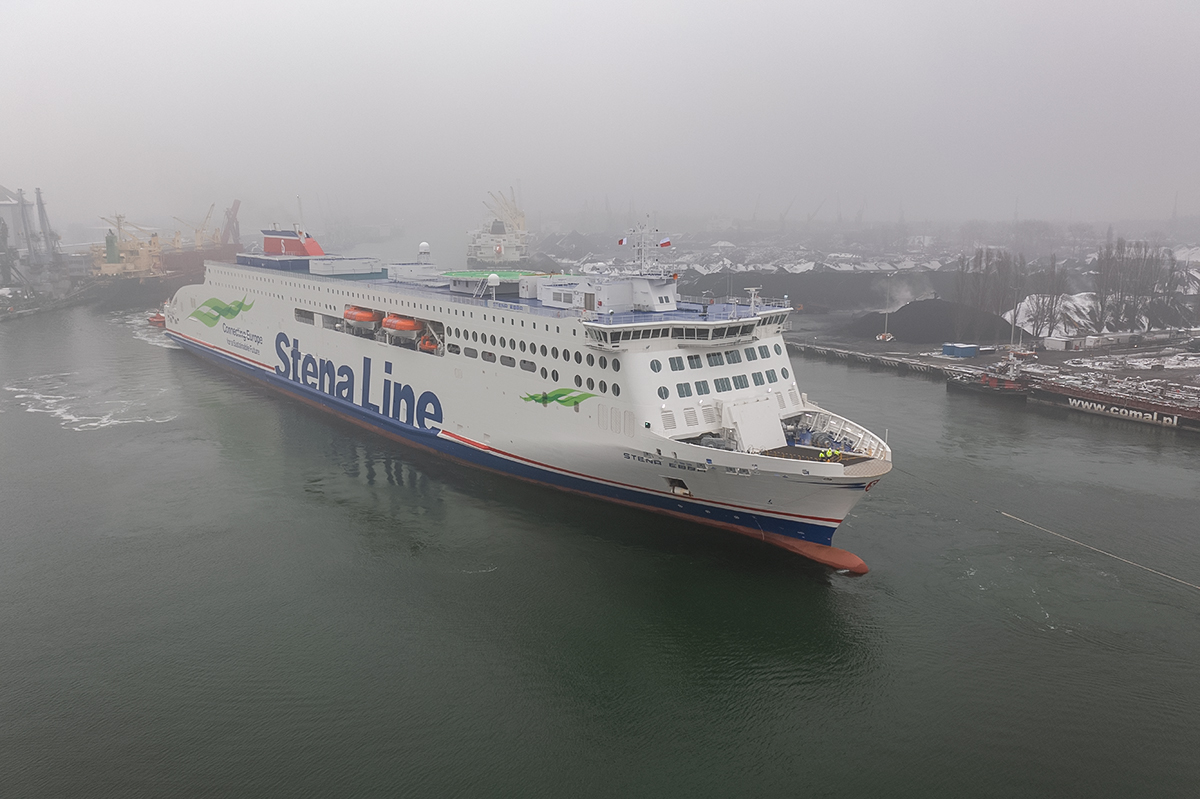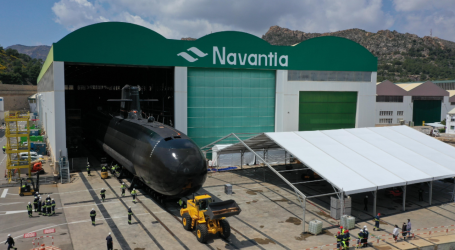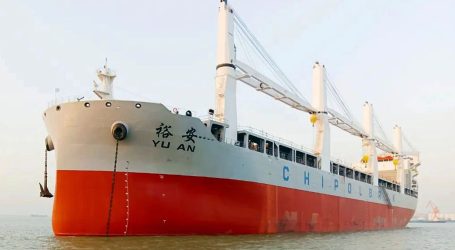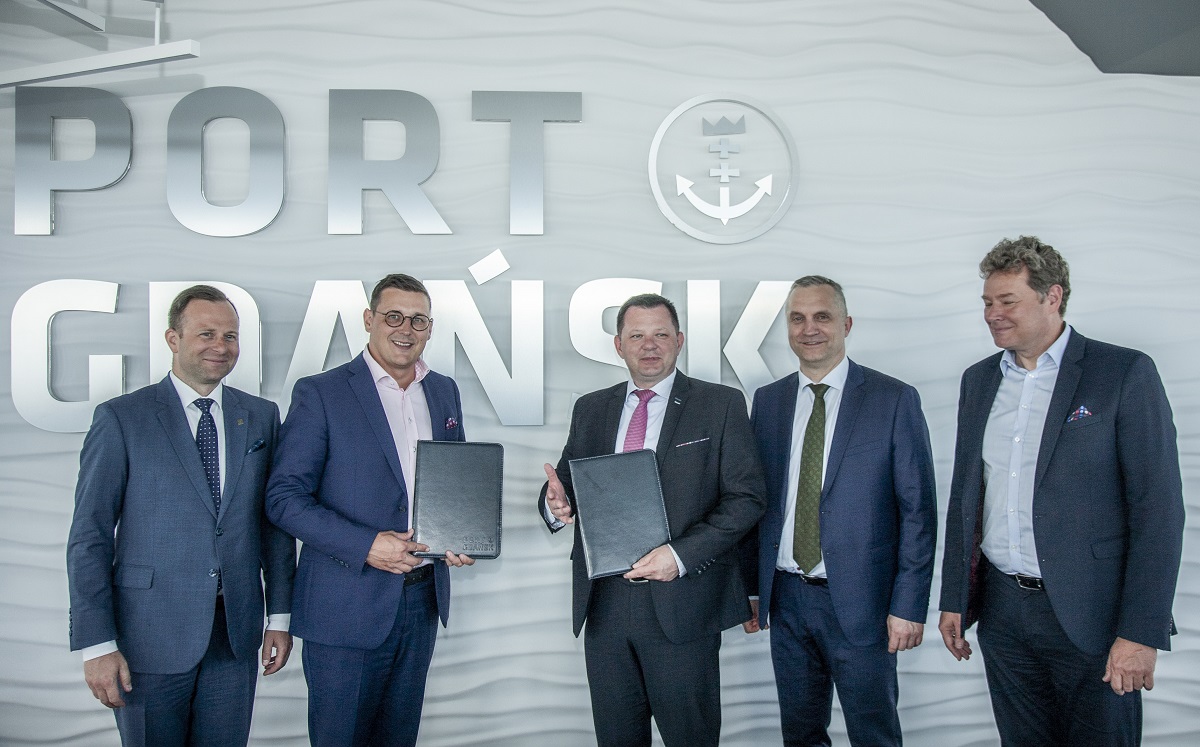The second state-of-the-art E-Flexer ferry from Swedish shipowner Stena Line completed the longest leg of its journey from China today. The Stena Ebba vessel entered the Remontowa Shipyard S.A. in Gdansk, where she will undergo a survey before her first voyage on the regular route connecting Poland with Sweden.
Stena Ebba is scheduled to set sail on the first voyage on the Gdynia-Karlskrona line as early as 2 January 2023. She will join her sister ship Stena Estelle, which has been operating on this route since September this year.
Before this happens, however, the Stena Ebba will undergo an overhaul at Gdansk Shipyard “Remontowa” S.A., adapting the ferry to the requirements of the Baltic route it will serve. Among other things, signage for the communication and information system for passengers and crew will be installed on the ship, in accordance with the standards applicable to Stena Line ferries. Shipbuilders will install an additional ventilation system for the main engines and additional shaft covers, modify ventilation in several rooms, and carry out maintenance and painting work. A very similar scope was previously carried out on the Stena Estelle ferry.
Built at China’s Merchants Jinling Shipyard (Weihai) Co Ltd, the Stena Ebba ferry set sail from Yantai in the Chinese province. Its route led from the South China Sea with a first stop in Singapore via the Indian Ocean and the Red Sea, through the Suez Canal to the Mediterranean Sea. The final leg of the voyage through the Baltic Sea was made with a short stop in Karlskrona.
The Stena Ebba and Stena Estelle are among the largest ferries in the Baltic Sea in regular service. They are 240 metres long, offer seating for 1,200 people and each can accommodate up to 200 trucks on 3,600 metres of car decks. It is not only their size that is unique, but also their construction. They are energy efficient, thanks to their optimised design. They can be converted to run on gas, allowing fuel to be changed to methanol or LNG.
During port calls, the vessel can use shore power, reducing exhaust emissions. A connection to the electric grid will enable future conversion to a battery hybrid system. Passengers, meanwhile, will love the spacious, Scandinavian-finished interiors, with views of the sea through panoramic windows.




